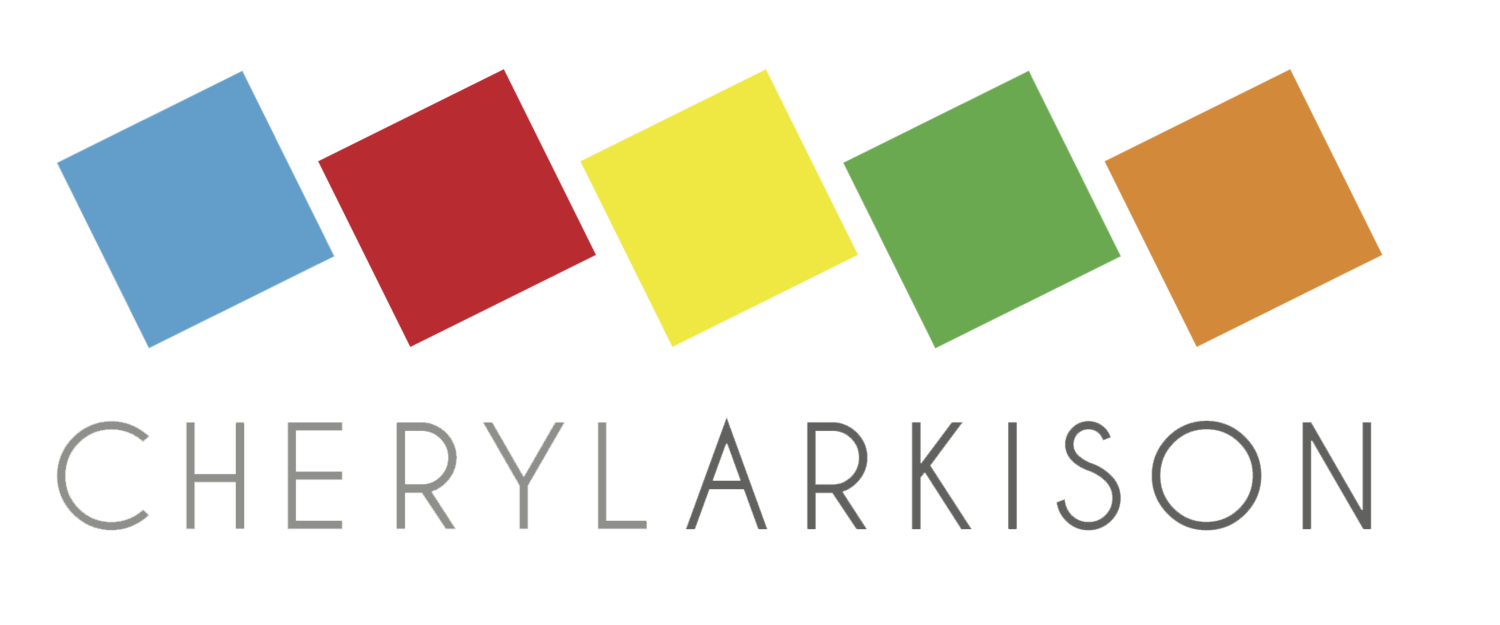
Let's talk books.
I've reviewed a few books here and plan to review a lot more in the coming months. Before I go any further I wanted to bring up a conversation here.
There was a comment on last week's post by Weeks Ringle, one of the authors of The Modern Quilt Workshop, among others. Her comment led to a series of emails between she and I about the writing in quilt books.
I'm a fan of good writing. Just like I'm a fan of a cup of strong tea, colour, and the Edmonton Oilers. I also enjoy entertaining writing, or a piece that challenges or motivates me. While I've only read a couple dozen or so quilt books in my time I can say that it isn't always the writing that attracts me to the book.
Too often, a quilt book is a section outlining the concepts of the book - what makes this book different from all the rest of the books out there - followed by a basics quilting section. After that it is a bunch of patterns. The vast majority of books are glorified packages of patterns.
To be clear, I don't actually see anything wrong with that. I don't own many of this type of book, but they serve a purpose and can be quite motivating. What makes a book buyable and frequently browsed - to me - will be the good writing.
If I flip through a book and the patterns are interesting or exciting to me the first thing I do is read the Introduction. Bad or boring writing usually causes me to set the book down. I'll probably take a mental note of what I liked from the patterns and file it away for later inspiration. If the writing is engaging or grabs me with a challenging concept I am far more likely to take the book.
Of course, I'm also a sucker for pretty and clean layouts.

This leads me to what Weeks Ringle and I were chatting about - what is the appropriate level of personality in a book? The visuals, aside from the quilts themselves, are a strong part of the personality of the author. Compare Simplify with Camille Roskelly with The Practical Guide to Patchwork by Elizabeth Hartman, for example. Same publisher, same book format. But visually they are very different.
The writing is also part of the personality. And making the writing personal is about more than adding a whole pile of exclamation points or silly jokes. Being able to write in a voice that sounds like you when you are talking doesn't come to everyone. More importantly, being able to do so well and still be engaging is a big challenge. Even if you can do it well, it is hard to be great at it all the time.
In a book that is outlining specific concepts or technical design information, is there a place for personality? That was the question Weeks and I were debating. Or it is better to be succinct and specific?
This, of course also leads to the inherent links between blogging and books. Are they separate? Should they be? If you blog and write a book, how much of one should make it to the other - marketing aside?
I'm going to turn it back to you now. You've read the questions above. You've probably read a million books on your own. What are your thoughts? Oh, one more question. What is your experience as a quilter and what type of books do you like to read?















